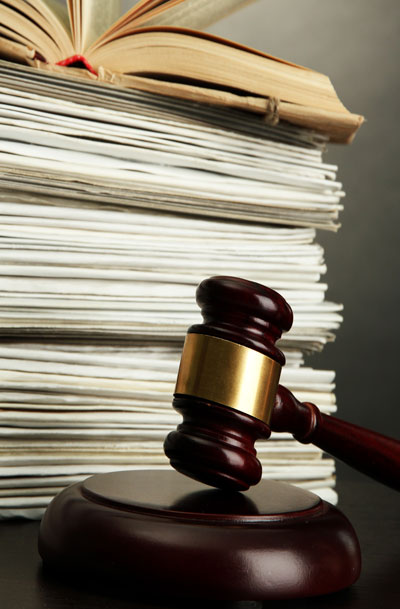Picketing and Marking
The Picketing Certificate is a document containing a plan and a report in which a land surveyor expresses his professional opinion on the boundaries of a property.
Following his analysis, the land surveyor is able to comment on the state of the boundaries of the property and, if there is no appearance of litigation, he will set the benchmarks.
- It should be noted that picketing is done at the request and for the benefit of the representative only.
- This is why, in the event of apparent litigation, the intervention of the neighboring owner is necessary in order to set the landmarks on the ground, as he also owns this limit and is entitled to contest this opinion.
- It should be noted that the land surveyor has a professional obligation to obtain the authorization of the neighbor before establishing landmarks, if his operations are likely to disturb the occupation of the premises.
- In the event of an opposition from a neighbor regarding the laying of the markers, the report of the picket certificate will comment on the state of the premises and will show the contentious elements. The picket warrant will then cease without the establishment of benchmarks.
In the case of a dispute between two neighbors, the official mandate provided by law to resolve it is boundary marking. The land surveyor will be able to guide you towards picketing or boundary marking once the mandate will be taken.
The picketing operation is ruled by the Regulation respecting the Standards of Practice for Picketing and Settlement of the Quebec Order of Land Surveyors (L.R.Q., c. A-23, r.8).

Boundary marking
Boundary marking is an official procedure ruled by the Civil Code of Québec in order to make official, definitive, permanent and public an ownership boundary between two neighbors.
Amicable marking marking is carried out at the request of two owners who are aware that there is an ambiguity between the titles, the cadastre and the occupation made on the premises.
The two landlords then appoint a land surveyor who will draw up a report of boundary marking according to the will of the parties, and set up benchmarks which will become official benchmarks when the report is published in the Land Register.
It should be noted that, in some cases, the intervention of a notary may be necessary in order to clarify ambiguous property titles.
Amicable marking may be carried out with or without the formalities provided for in the Quebec Code of Civil Procedure.
Judicial marking may be appropriate in more serious disputes. In such a case, the court could choose the land surveyor as recommended by the parties' lawyers. The land surveyor will then be the expert who will draw up the boundary report, following an inquiry he will carry out in order to definitively establish the disputed property line.
These operations will end with the establishment of benchmarks and the publication of the minutes in the Land Register.
The operations of marking are ruled by articles 977 and 978 of the Québec Civil Code and by articles 787 to 794 of the Quebec Civil Procedure Code.
Note that picketing can also be used to position rights such as easements.
Note that in some cases, where there is no ambiguity on the property line, it is possible to carry out a picketing operation at the request of an individual, which does not require the intervention of the neighbor. The land surveyor is then able to guide you towards picketing or boundary marking once the mandate is taken.

